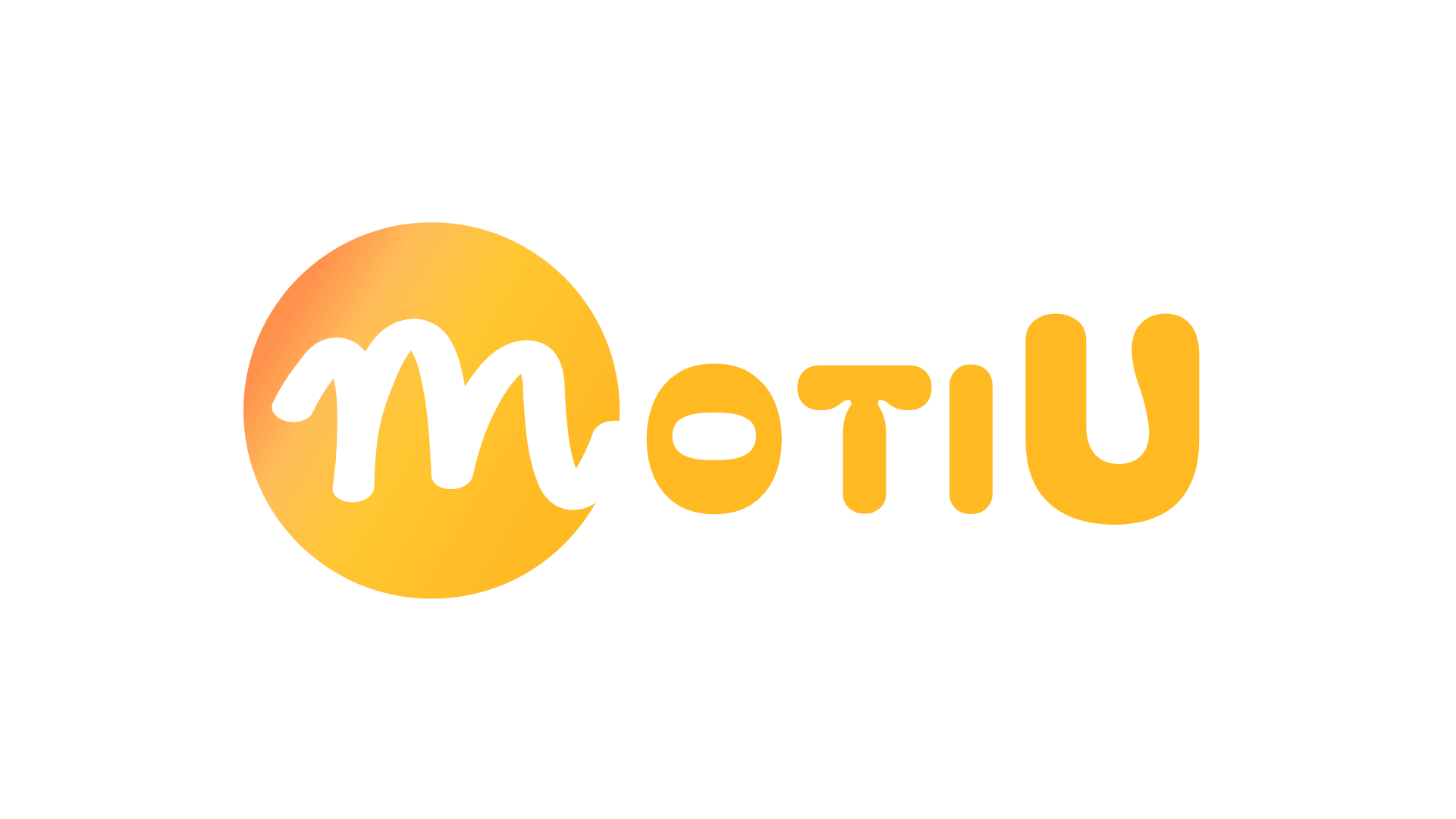In today's business world, a deep understanding of human motivations is crucial to organizational success. The concept of motivational archetypes emerges as a powerful tool that can transform the dynamics between leaders and collaborators, promoting a more productive and satisfying work environment. This article explores in depth what motivational archetypes are, their benefits in the corporate sphere, the business losses derived from the lack of connection between leaders and collaborators, and how adequate self-management of motivation can significantly improve this situation.
Definition of Motivational Archetype
A motivational archetype is defined as the balance between what motivates you as a person and your interpretation of your environment. This definition is based on the theory that each individual has a unique combination of internal and external motivators that influence their behavior and performance. Motivational archetypes help identify these combinations and understand how they can be managed to maximize satisfaction and performance at both a personal and organizational level.
Motivational archetypes are derived from a variety of psychological and behavioral theories, including social role theory, Maslow's needs theory, and self-determination theory. These archetypes provide a framework for understanding how people interpret their roles at work and what drives them to act in certain ways. By understanding their own motivational archetype, individuals can make more informed decisions about their professional and personal development.
Business losses due to disconnection.
The disconnection between leaders and employees or between employees and their roles can have significant consequences for companies. According to recent studies, this disconnection can lead to a number of problems, including:
1. Decreased productivity
Misalignment between personal motivations and assigned roles can result in a significant decrease in productivity. Employees who are not motivated or who do not understand their role within the organization may not work to their maximum capacity. This translates into a loss of efficiency and lower quality of work performed.
2. Increased staff turnover
Disconnection between leaders and collaborators can also lead to increased staff turnover. Employees who don't feel understood or valued are more likely to seek opportunities at other companies. According to data from the Society for Human Resource Management (SHRM), the cost of replacing an employee can range from 50% to 200% of the employee's annual salary, depending on their level and role in the organization.
3. Reduced commitment and morale
A work environment where employees feel disconnected from their roles and their leaders can lead to reduced engagement and morale. This not only affects productivity, but can also have a negative impact on organizational culture. Low commitment and morale can create a cycle of demotivation and poor performance that is difficult to break.
How to improve the situation with adequate self-management of motivation?
Self-management of motivation, based on understanding motivational archetypes, can radically transform the dynamics within an organization. Below are some of the ways this can occur:
1. Alignment of personal and organizational objectives
Proper management of motivational archetypes allows for better alignment of employees' personal objectives with organizational objectives. When employees see that their personal goals are in line with the company's goals, they are more motivated to contribute to organizational success. This not only increases productivity, but also strengthens commitment and loyalty to the company.
2. Reduction of stress and burnout
Understanding and managing motivational archetypes can also help reduce stress and burnout. Employees who are motivated and feel that their roles align with their interests and abilities are less likely to experience burnout. This improves their overall well-being and allows them to maintain sustained performance over time.
3. Improvement of labor relations
A better understanding of motivational archetypes can improve work relationships. Leaders who understand the motivations of their employees can communicate more effectively and build stronger, trusting relationships. This creates a more positive and cohesive work environment, where everyone feels valued and understood.
4. Greater self-knowledge
By discovering and understanding their own motivational archetype, employees can develop greater self-knowledge. This allows them to identify what really motivates them and how they can align their tasks and goals with these motivations. Self-knowledge also facilitates the identification of development opportunities and making informed career decisions.
Discover your motivational archetype and generate more value day by day.
Understanding motivational archetypes is not only beneficial to organizations, but also to individuals. Discovering your own motivational archetype can open up new perspectives on your career and personal life. We invite you to explore and discover what really motivates you and how you can better manage your motivation to generate more value every day. Write to us at hola@motiu.club
In conclusion, motivational archetypes are a powerful tool to improve communication, productivity, satisfaction, and employee retention in organizations. By understanding and managing these archetypes, both leaders and employees can create a more positive and productive work environment, generating more value every day. Don't miss the opportunity to discover your motivational archetype and transform into the best version of yourself.

